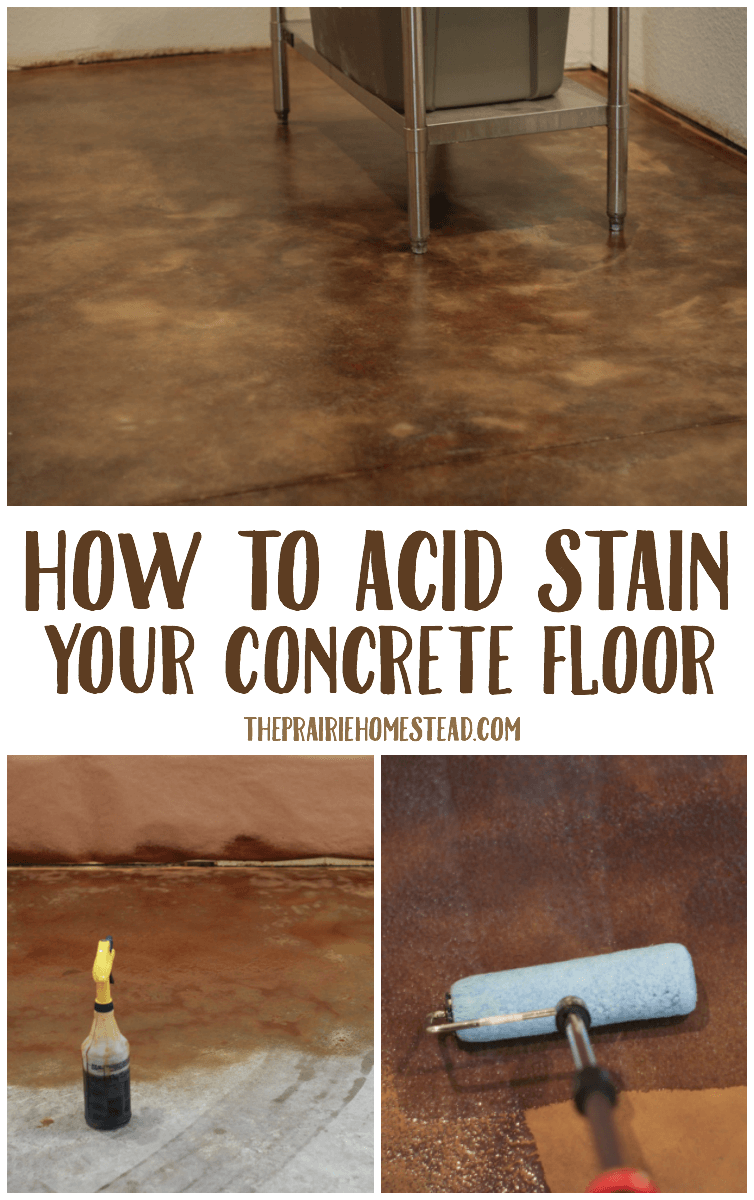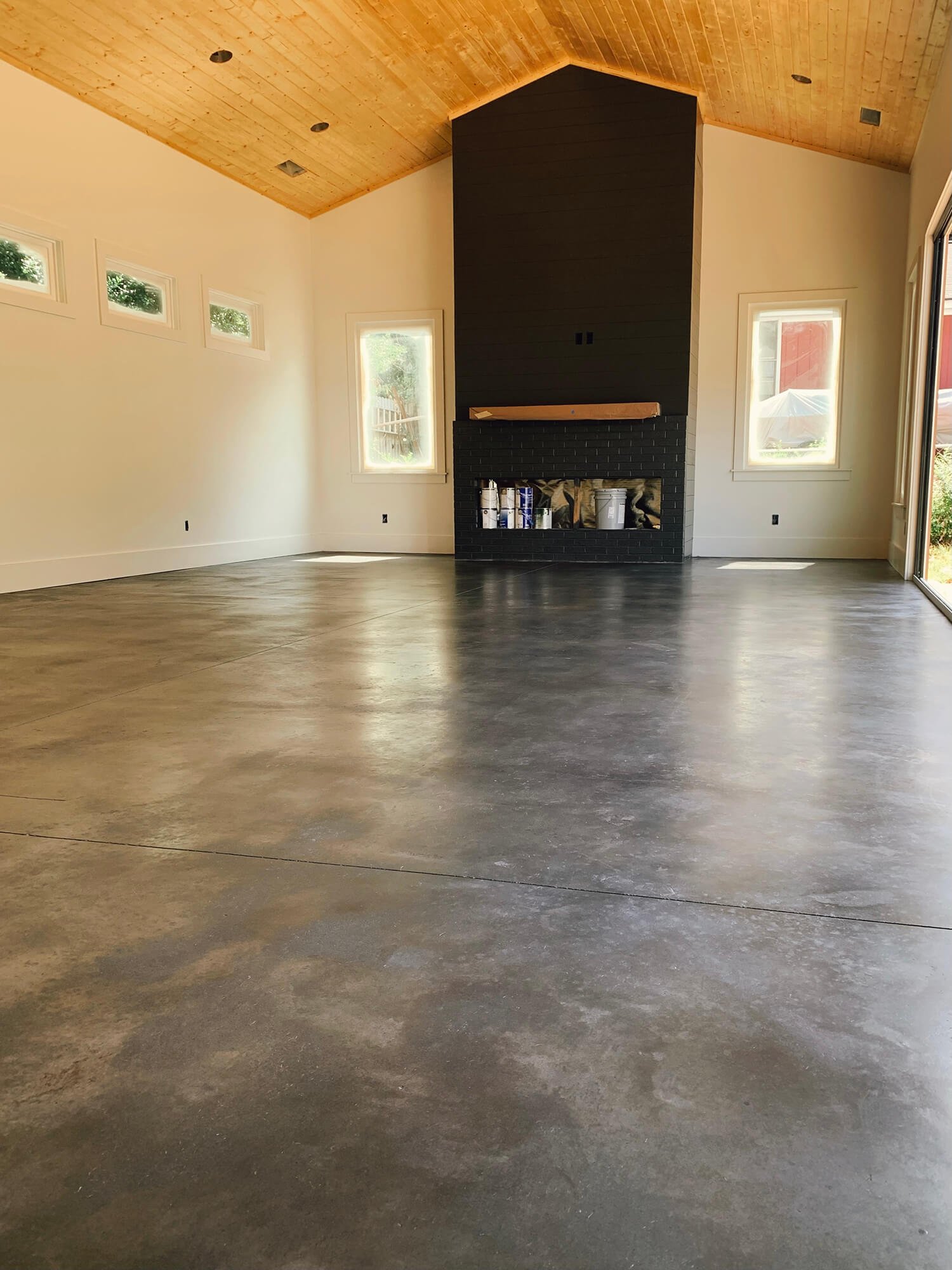Why Regional Tarnished Flooring Is the Perfect Selection for Sustainable Home Renovation
In the realm of lasting home enhancement, neighborhood discolored floor covering has arised as a preferred choice among environmentally aware home owners. As an affordable investment with minimized maintenance needs, it elevates a thought-provoking concern: could this be the suitable service for sustainable real estate?
Recognizing the Idea of Neighborhood Tarnished Flooring
While the concept might seem unique to some, local tarnished floor covering is a cutting-edge method to home improvement that combines aesthetics, longevity, and sustainability. The term refers to using locally sourced timber that is discolored to attain a distinct aesthetic allure. The staining process not only enhances the natural elegance of the timber grain yet likewise adds a layer of defense, boosting the long life of the flooring. This approach is taken into consideration lasting as it minimizes the demand for transport of basic materials from distant locations, hence minimizing carbon impacts. Making use of neighborhood timber species often sustains regional economies and advertises accountable forest administration practices. This idea, consequently, provides homeowners an ecologically accountable selection without jeopardizing visual allure or sturdiness.
The Aesthetic Appeal of Regional Discolored Floor Covering
Why is neighborhood tarnished flooring gaining appeal for its looks? Regional tarnished floor covering offers a diverse range of colors and patterns, showing the all-natural beauty and variations of the neighborhood timber species utilized. Inevitably, the appeal of neighborhood tarnished floor covering exists in its capacity to change homes right into unique, visually appealing areas while promoting sustainability.
Environmental Effects of Neighborhood Stained Floor Covering
The ecological effects of neighborhood discolored flooring encompass two considerable aspects: lowering carbon impact and waste reduction advantages. Using in your area sourced materials for staining not only reduces transport exhausts, yet also advertises lasting forestry techniques. Additionally, the waste reduction facet comes right into play as these flooring types typically have a longer life-span, minimizing the regular requirement for replacements and the waste connected with it.
Decreasing Carbon Impact
As homeowners turn to even more sustainable alternatives, local tarnished flooring becomes a sensible option to reduce carbon impact. This sort of flooring mainly uses locally sourced materials, which significantly reduces the requirement for transportation. This lowers emissions associated with products transportation, contributing to lower levels of greenhouse gases in the atmosphere. Furthermore, the process of staining the flooring, as opposed to using synthetic finishes, includes less chemicals and less energy-intensive treatments. This results in a decline in carbon exhausts throughout the manufacturing process. Choosing regional stained floor covering demonstrates a reliable action in advertising environmental sustainability, highlighting a concrete way house owners can add to combating environment adjustment from the convenience of their own homes.
Waste Reduction Advantages
Although frequently ignored, waste reduction is one more substantial advantage of regional discolored floor covering. Additionally, the discoloration procedure makes use of fewer sources and produces less waste compared to producing new floor covering materials. The selection of regional tarnished floor covering not just beautifies homes however likewise underpins a commitment to sustainable living and waste decrease.
The Sturdiness and Maintenance of Local Discolored Flooring

The Cost-Effectiveness of Neighborhood Tarnished Floor Covering
While neighborhood stained flooring might originally seem a lot more expensive than other alternatives such as rug or laminate, its durability and resilience promptly turn it right into an economical choice. For homeowners seeking a sustainable, affordable service for their flooring needs, regional tarnished flooring emerges as an exceptional, long-lasting investment that pays off over time.

Real Life Examples of Sustainable Residences With Neighborhood Tainted Floor Covering
In the world of lasting home enhancement, regional tarnished floor covering has arised as a popular alternative. To even more highlight its benefits, a number of the real world instances of environmentally friendly homes that have actually successfully integrated this flooring method will be highlighted. These instance research studies give substantial evidence of the advantages and influence of making use of neighborhood tarnished flooring in lasting homes.

Display: Eco-Friendly Flooring Houses
Scanning the world, one can discover various homes that embody the principle of eco-friendly living via the usage of local tarnished floor covering. In the heart of Denmark, a minimal home content prides itself on its oak-stained floorings, sourced and treated within the local area. Across oceans in copyright, a contemporary home showcases its abundant, maple-stained flooring, a testimony to the bountiful local timber supply. Down under in Australia, a coastline house radiates with its eucalyptus-stained floors, mirroring the nation's native vegetation. These homes not just display the visual adaptability of local stained floor covering however also its payment to a much more sustainable way of living. Each flooring narrates of regard for the environment, verifying that design and sustainability can indeed exist together.
Regional Tainted Flooring Benefits
The undeniable allure of neighborhood discolored flooring extends past its aesthetic allure, as it additionally provides significant advantages to both house owners and the atmosphere. This type of floor covering is sourced and generated locally, reducing transportation exhausts and boosting the regional economic climate. The discoloration process utilizes natural, non-toxic materials, promoting interior air quality and reducing the home's environmental footprint. In a sustainable home in Rose city, Oregon, for example, local tarnished concrete floorings not just boost the appearances yet additionally serve as thermal mass, soaking up warmth during the day and launching it in the evening, decreasing energy usage. One more instance is a green-certified home in Austin, Texas, where in your area sourced walnut was discolored and made use of for floor covering, adding to the home's LEED qualification.
Verdict
Finally, local discolored floor covering is a viable and sustainable option for home improvement. This choice sustains neighborhood economic situations, lowers ecological effect, and enhances home aesthetic appeals. Its sturdiness makes certain long life, lowering upkeep expenses in the lengthy run. With its special blend of environmental, visual and affordable advantages, neighborhood discolored flooring is a clear option for home owners seeking a lasting, cost-efficient and aesthetically appealing home improvement solution.
In the world of sustainable home enhancement, regional stained floor covering useful link has emerged as a popular selection amongst eco mindful property owners. Neighborhood stained flooring provides a varied variety of colors and patterns, reflecting the natural appeal and variants of the regional timber species used. The selection of local tarnished floor covering not just beautifies homes but likewise underpins a commitment to sustainable living and waste decrease.
For property owners seeking a sustainable, cost-effective option for their flooring needs, neighborhood discolored floor covering emerges as a remarkable, long-lasting financial investment that pays off over time. Local Stained Concrete.
With its distinct blend of ecological, economical and visual advantages, regional discolored flooring is a clear option for homeowners seeking a lasting, economical and aesthetically attractive home enhancement service.